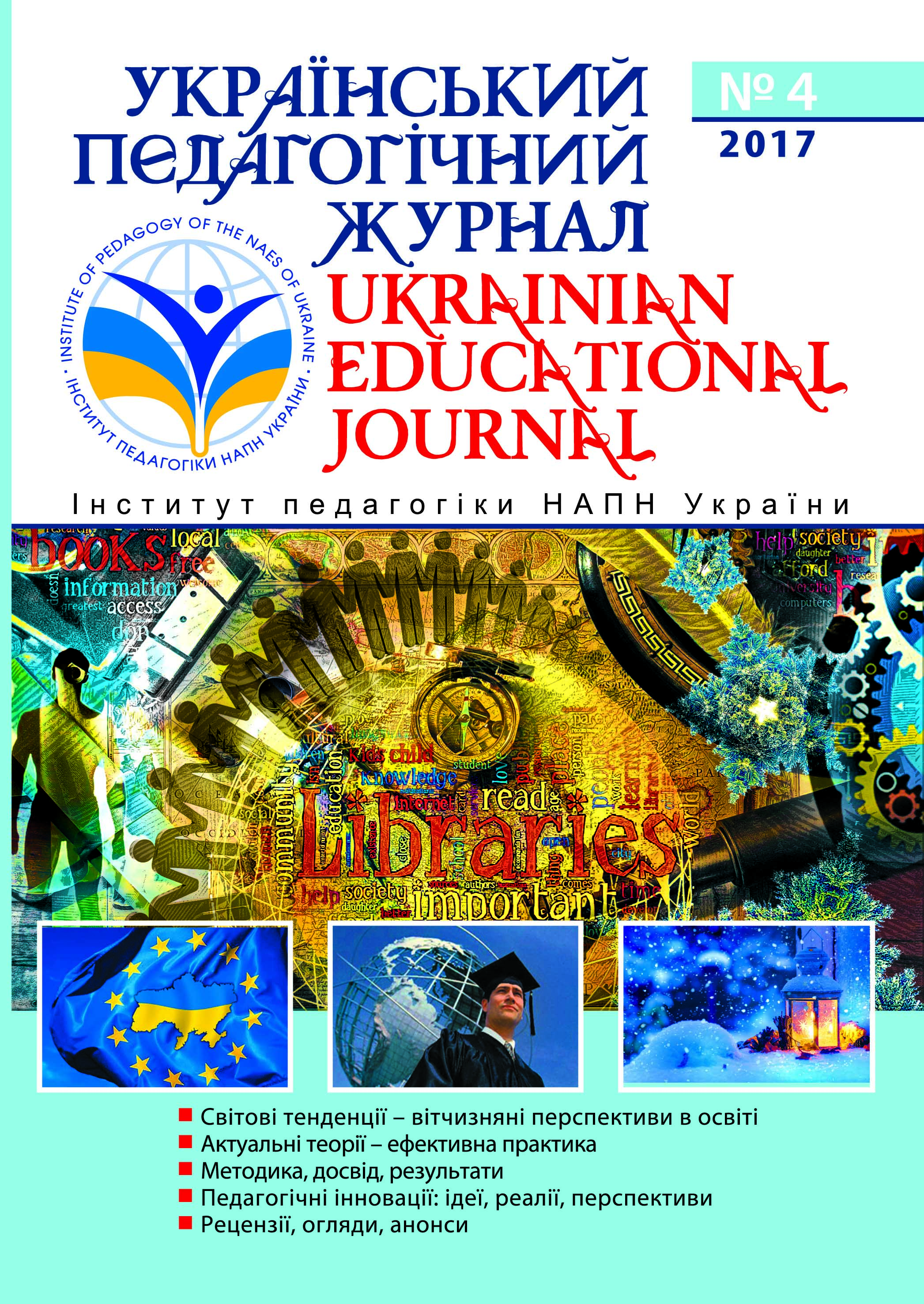Abstract
The article deals with topical issues concerning the development of the methology of geography teaching and cartography problems. The role of a map as a geoinformational system is determined. At the present stage of the theory of cognition, geographic maps are considered as special observational visual symbolic models of all or certain parts of the Earth’s surface. The significance of geographical maps and their role in public life and in educational processes is becoming increasingly important. The importance of a geographical map is indicated as a means of production and tools, a source of space survey, its professional orientation role, metasubject modeling, analytical and educational significance. A rather wide range of geographic maps using is due to the fact that they provide an overview of the space within any borders - from a small area of land to the entire surface of the globe. In this case, the maps not only reproduce the visual image of objects, but also retransmit their quantitative and qualitative characteristics. The article focuses on the metasubject value of the geographical map, its role in the development of logical thinking of students and the career orientation context. The article points out the intersubject value of geographic maps, their role in teaching geography, history, economics, ecology and other school subjects. Problems of studying geography on a competence basis are discussed in the context of the principles of the New Ukrainian School and the role of the geographical map in the process of textbook creation. The practical aspects of using geographic maps in school textbooks are indicated.

This work is licensed under a Creative Commons Attribution-NonCommercial-ShareAlike 4.0 International License.

